Generally the hard
chromium plating process is applied to machines, which are usually used under
high temperature, such as moulds, etc. However, what factors will affect the hardness
of chromium layer during the chromium plating process? We would like to share
some information with you as follows:
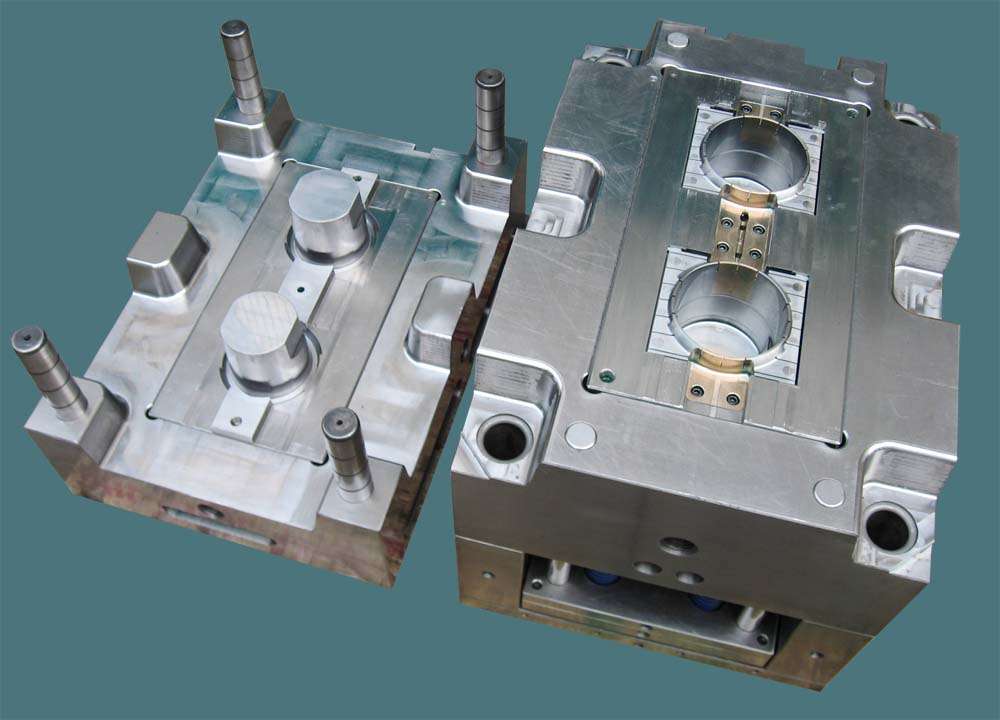
1. The relationship between the concentration of chromium
trioxide and hardness
When other process conditions remain unchanged, the hardness
will be high if the concentration of chromium trioxide is low. But if the
concentration is low, the plating solution will change fast and be unstable.

2.The relationship
between sulfuric acid content and hardness
According to normal
standard of chromium plating process, the ratio of chromium trioxide and
sulfuric acid should be kept at 100:1. When other concentration remain
unchanged, increase the sulfuric acid content and the hardness of chromium
layer will be higher correspondingly. However, when the ratio is 100:1.4, the
hardness of chromium layer will decrease if keep increasing the sulfuric acid
content.
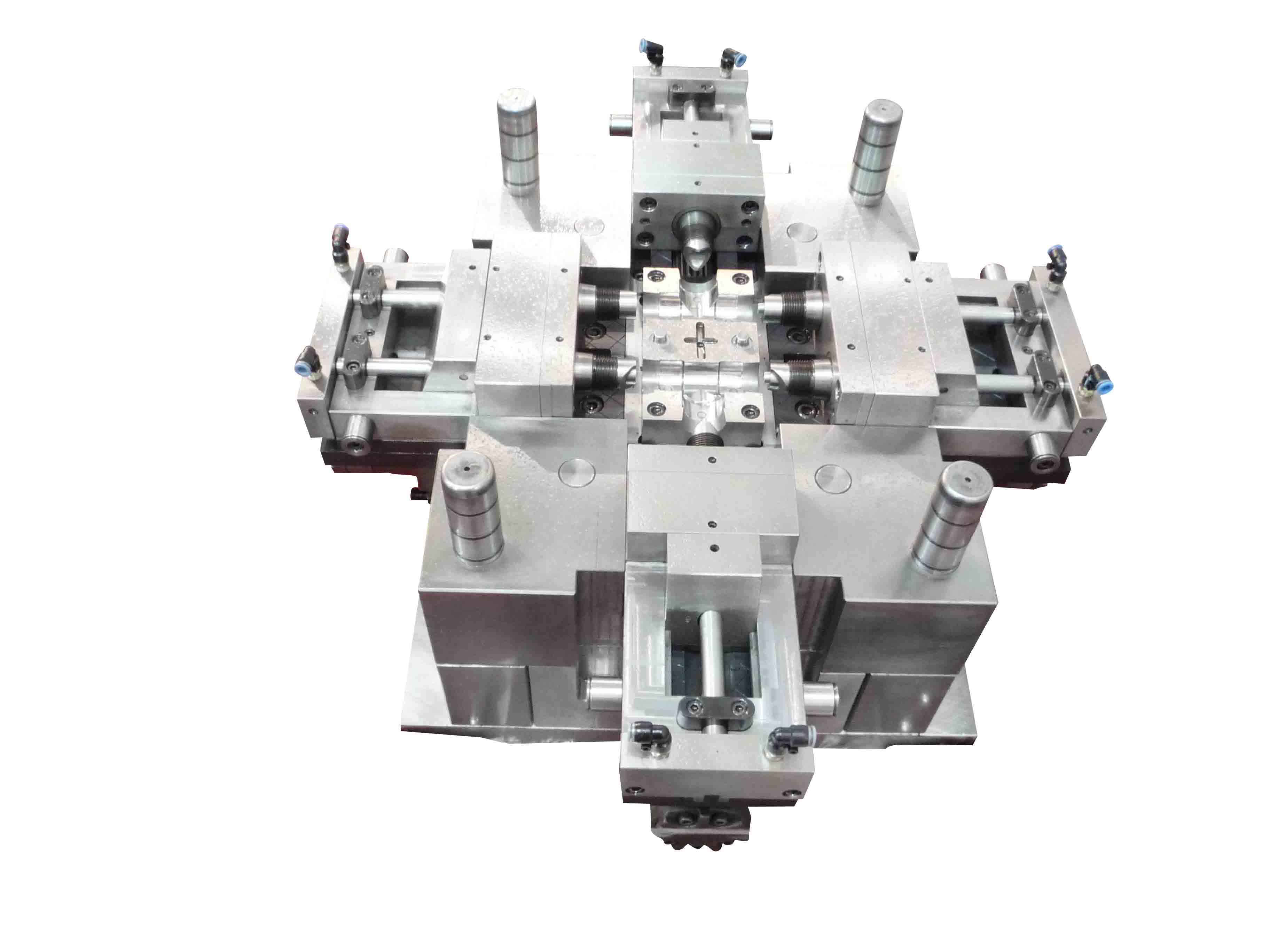
3.The relationship between current density and hardness
At normal temperature, the hardness of chromium layer
will increase as the increasing current density. When the current density
reaches a limit, the hardness will tend to be stable.
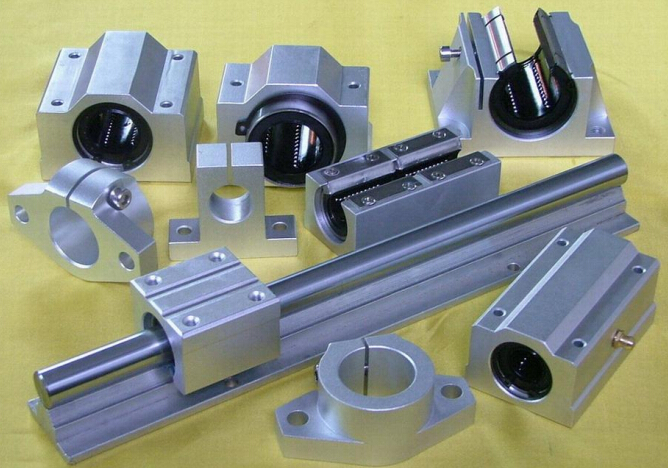
4.The relationship
between stability of chromium-plating solution and hardness
At higher temperature
(about 65~75℃), the chromium layer plated by dilute solution is 15~20%
harder than those plated by concentrated solution; at lower temperature (about 35~45℃), the hardness of the chromium layer plated by dilute
solution is not much different from those plated by concentrated solution.
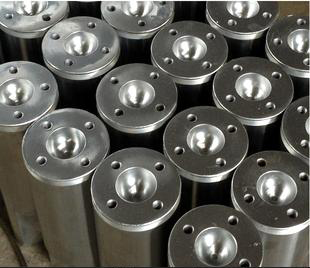
5.The relationship
between thickness and hardness of chromium layer
Generally, the hardness
of the chromium layer will get harder as the thickness increases, the hardness
will be the highest when the thickness reaches about0.2mm. After that, the hardness won’t improve any
longer even the thickness keep on increasing.

6.As the temperature getting higher, the hardness of the
chromium layer deceases observably
In order to improve the
current efficiency, hardness, gloss, covering power and throwing power, our
company has researched and developed additives which are specially designed for
hard chromium plating: HN-25 hard chromium plating process and HN-25R hard
chromium plating process.
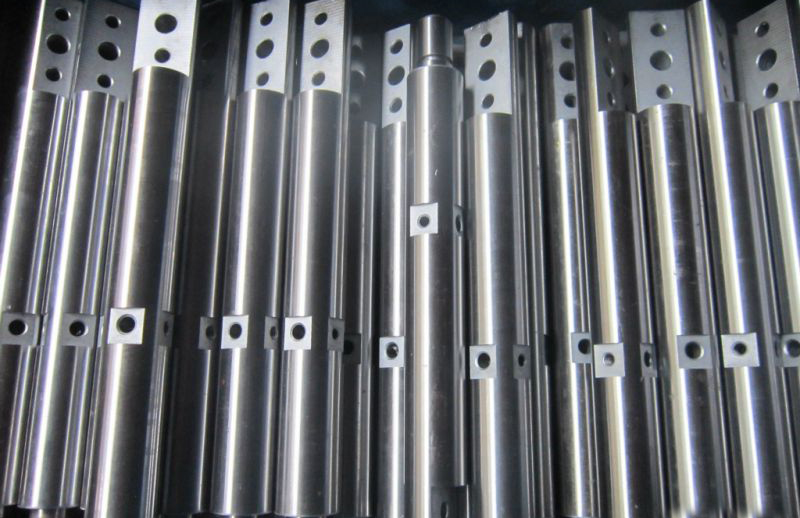
They have common characters: the formula won’t contain
fluoride and won’t corrode the LCD area of workpiece; won’t corrode tin-lead
alloy anode and don’t need to use special
anode material; the cathode current efficiency is high
and can reach 22-26%; the thickness is
even and the deposit is bright; the layer has high microhardness and good anti-corrosion.
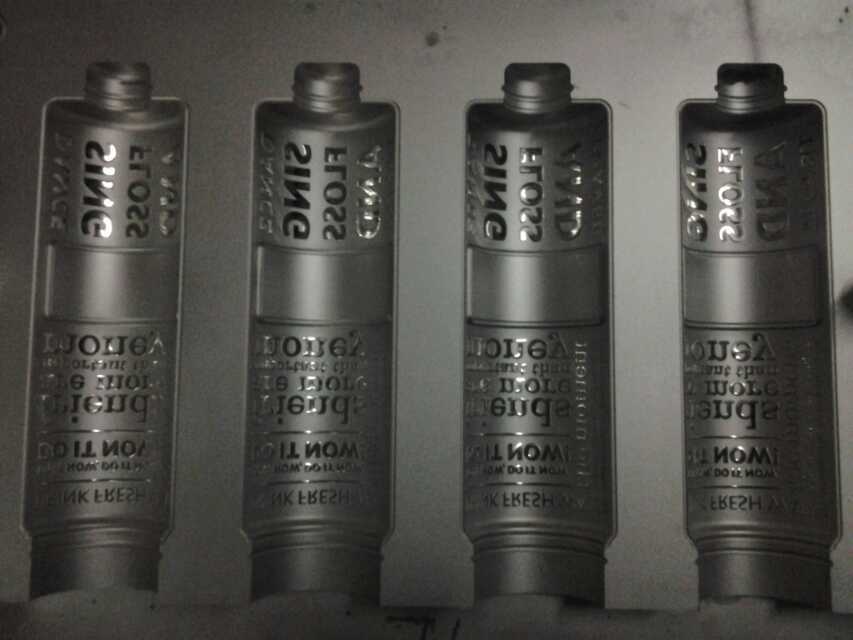
In addition, to
eliminate environmental pollution of chromium fog and save maintenance cost of
exhaust equipment, our company also has developed a chromium fog inhibitor,
HN-701 Chromium fog inhibitor. It not only can save the use of chromic acid,
but also improve the microcrack degree of chromium layer, enhance hardness of
layer and increase adhesion.